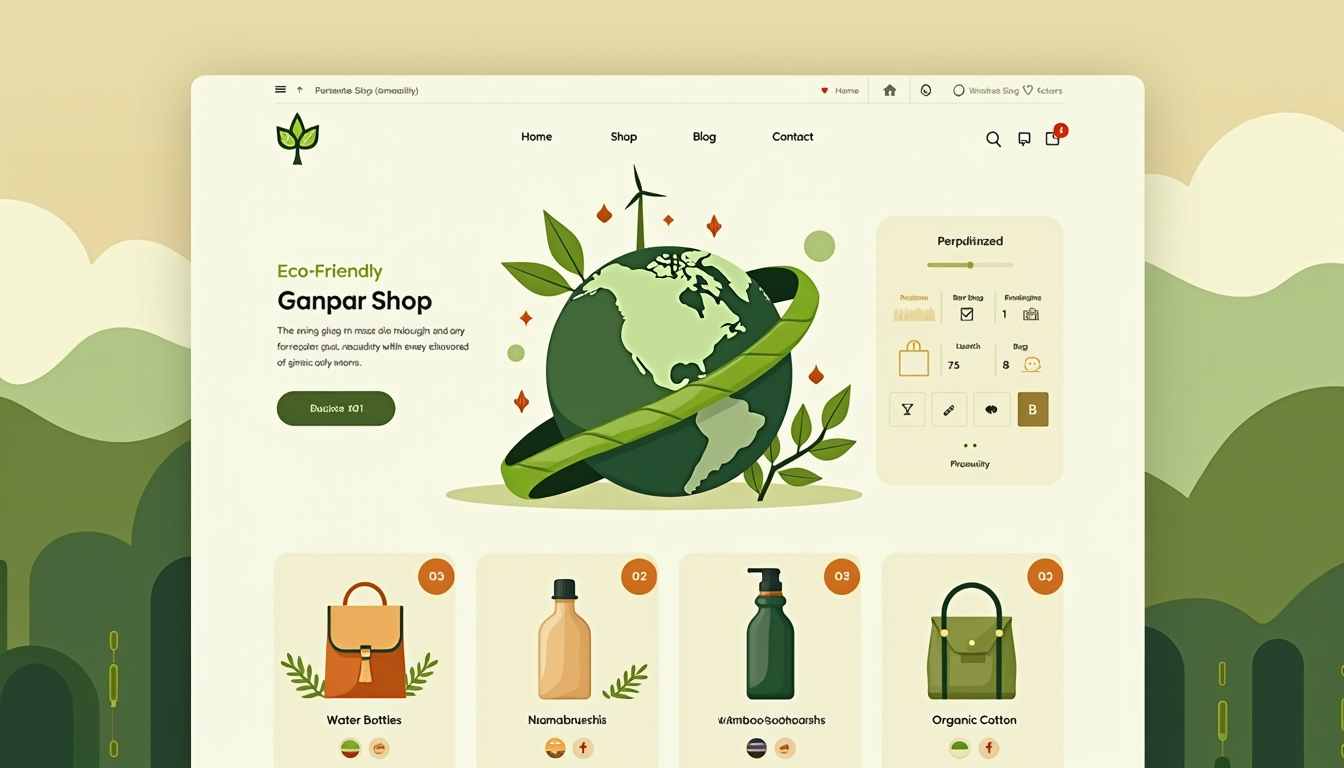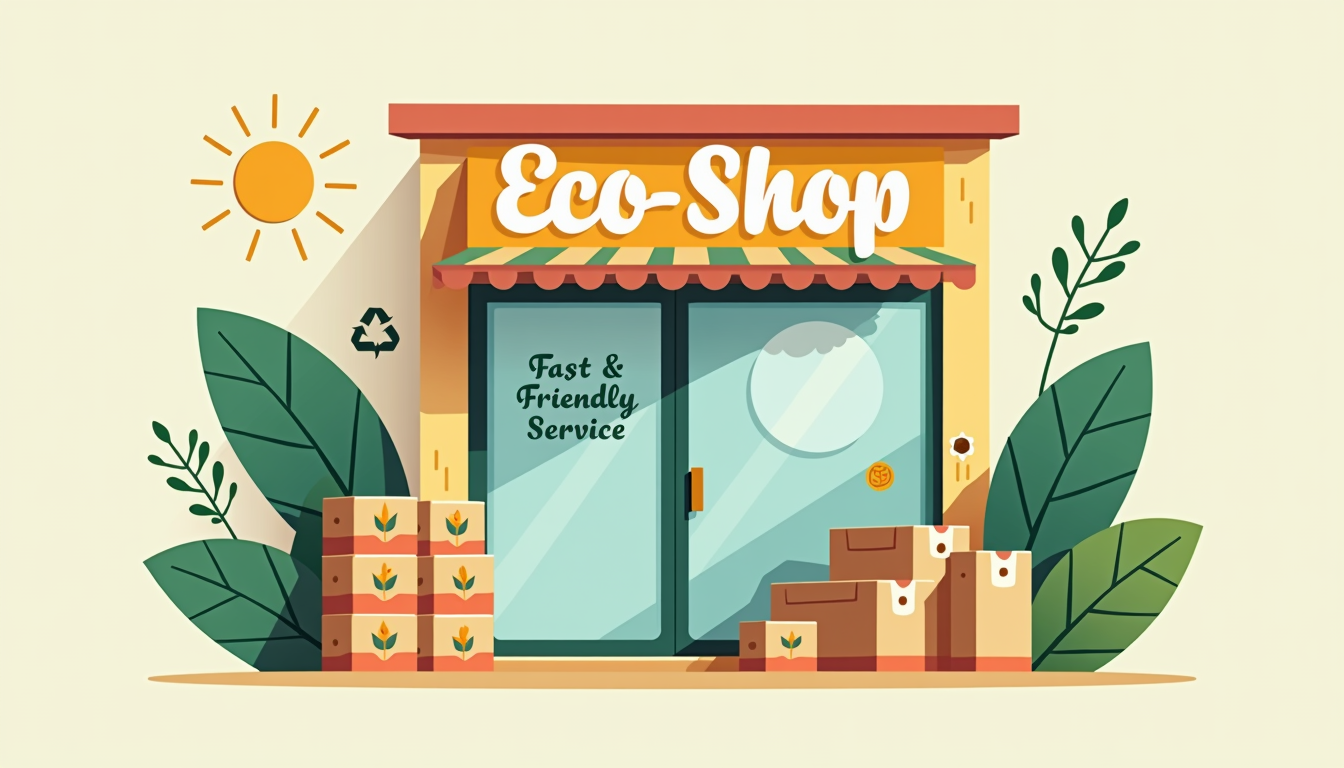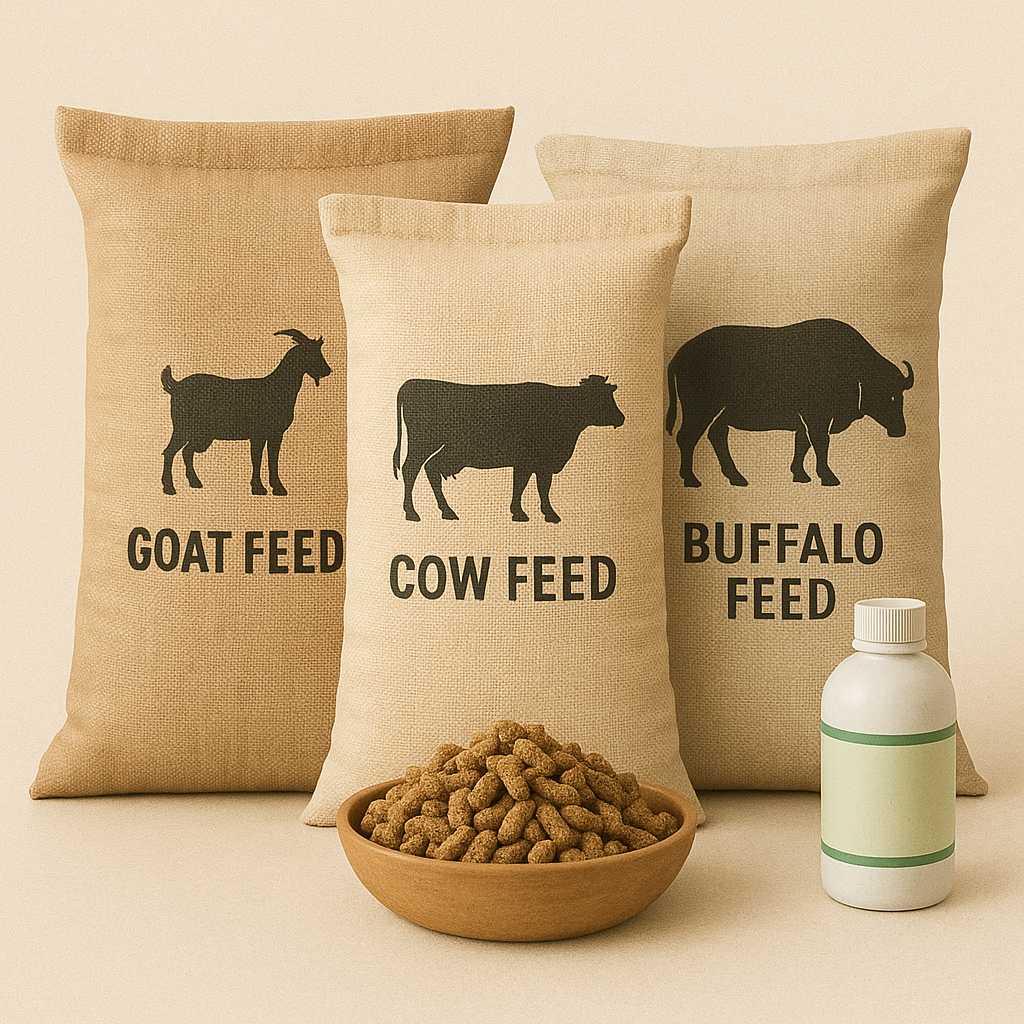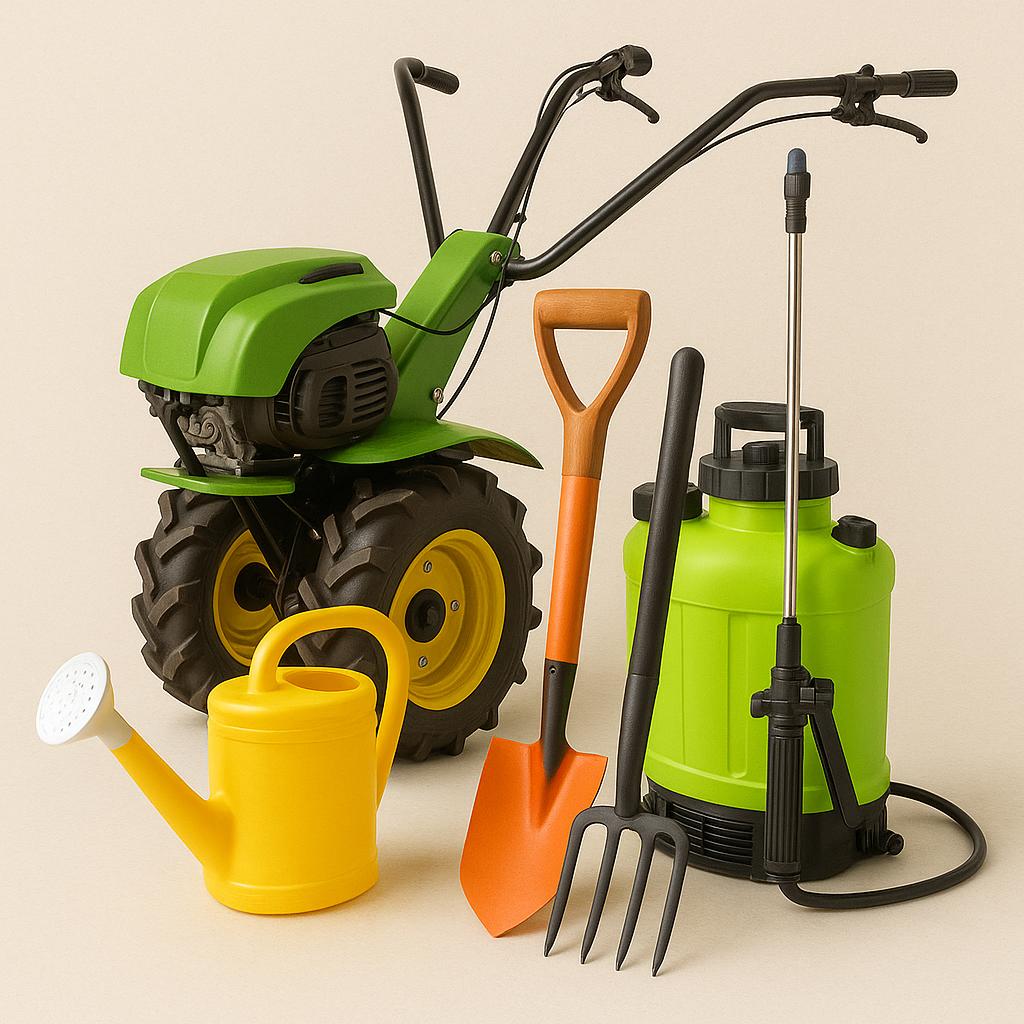How to Sell Sustainable and Eco-Friendly Products in India’s E-Commerce Space
Introduction
In recent years, India has seen a massive shift in consumer preferences, with sustainability and eco-friendliness at the forefront of buying decisions. Whether it’s reducing plastic usage, embracing organic materials, or choosing products that are cruelty-free, Indian shoppers are becoming more conscious of the environmental impact of their purchases. As a result, the demand for sustainable and eco-friendly products has skyrocketed, creating a golden opportunity for entrepreneurs looking to tap into this growing market.
But here’s the catch: just having a sustainable product isn’t enough to succeed. In today’s digital age, the e-commerce space is highly competitive, and selling eco-friendly products requires not just quality items, but also a clear strategy to stand out, build trust, and make a real impact.
If you’re ready to dive into the world of eco-conscious business, this blog is your guide to selling sustainable products online in India. Let’s explore how to position yourself as a go-to destination for environmentally friendly goods, and why now is the perfect time to build your green brand.
1. Why Sustainability Is the Key to Future Success in E-Commerce
The global sustainability movement is no longer just a trend—it’s a necessity. With climate change, pollution, and waste becoming critical issues, consumers are increasingly seeking products that minimize harm to the planet. According to a study by Nielsen, 73% of global consumers say they would definitely or probably change their consumption habits to reduce their environmental impact.
In India, where pollution and waste are significant challenges, the appetite for eco-friendly products is even stronger. From biodegradable home goods to zero-waste beauty products, there’s a growing demand for products that align with a sustainable lifestyle.
By positioning your e-commerce store as a green brand, you’re not just meeting a market demand; you’re becoming part of a larger movement to protect the environment and reduce waste.

2. Identify the Right Sustainable Products to Sell
The first step to building a successful eco-friendly e-commerce store is choosing the right products. Sustainability spans a wide range of categories, so the key is to pick products that have a clear and verifiable environmental benefit.
Here are a few categories to consider:
- Eco-Friendly Fashion: Think organic cotton clothing, bamboo fabric, and accessories made from upcycled materials.
- Sustainable Home Goods: From compostable kitchen items to eco-friendly furniture, home goods are a growing segment in the green market.
- Zero-Waste Lifestyle Products: Reusable water bottles, beeswax wraps, and bamboo toothbrushes are popular choices.
- Organic Skincare and Beauty: Natural beauty products with eco-friendly packaging are a hit with conscious consumers.
- Green Tech Gadgets: Solar-powered devices or eco-friendly phone cases can appeal to tech enthusiasts who want to reduce their carbon footprint.
Pro Tip: Ensure the products you choose are authentic in their sustainability claims. Use certifications like Fair Trade, GOTS (Global Organic Textile Standard), or EU Eco-label to show that your products are genuinely eco-friendly.
3. Source High-Quality and Ethical Products
When selling eco-friendly products, it’s essential to ensure your supply chain is ethical and sustainable. Your customers are looking for transparency, so make sure the suppliers you choose prioritize environmental protection and fair trade.
Here’s how you can ensure the authenticity of your products:
- Research Your Suppliers: Choose manufacturers or artisans who follow eco-friendly practices and can provide certification (e.g., organic certification, cruelty-free, or sustainable sourcing).
- Local Sourcing: Whenever possible, opt for locally sourced products. Not only does this reduce the carbon footprint of shipping, but it also supports local artisans and farmers.
- Sustainable Packaging: Partner with suppliers who use minimal, recyclable, or biodegradable packaging to further promote your eco-friendly message.
Pro Tip: Consumers love to know the story behind the product. Share information about how your products are made, where they come from, and the people who produce them. This builds trust and authenticity.

4. Build an Eco-Friendly E-Commerce Store That Reflects Your Brand
Your website should be more than just a place to sell products—it should reflect your sustainable mission. The design, content, and even the shipping options should align with your commitment to eco-friendly living.
- Sustainability-Centric Design: Use earthy tones, minimalist design elements, and nature-inspired visuals to create a sense of harmony with the environment. Your website should feel like a natural extension of your brand’s values.
- Eco-Friendly Hosting: Did you know that the environmental footprint of your website matters? Opt for a green hosting provider that uses renewable energy to power its servers.
- Easy Navigation: Keep the shopping experience smooth, with clear categories for different types of eco-friendly products. A simple, easy-to-navigate site ensures customers can find exactly what they need.
Pro Tip: Use sustainable payment options like UPI and e-wallets to reduce your carbon footprint and offer a seamless, modern shopping experience.
5. Implement Sustainable Marketing Strategies
Now that you’ve got your eco-friendly products ready, it’s time to get the word out! Here’s how to build a marketing strategy that attracts eco-conscious shoppers:
- Content Marketing: Write blog posts about sustainability, tips for living a zero-waste lifestyle, or the environmental benefits of your products. This will not only help with SEO but also position your brand as a thought leader in the sustainability space.
- Social Media: Showcase your products on platforms like Instagram and Pinterest, where eco-conscious visuals perform well. Partner with eco-influencers and environmental activists to spread the word.
- Collaborations with Green Organizations: Partner with environmental organizations or NGOs that align with your brand values. This can help boost your credibility and reach a wider audience.
- Eco-Discounts: Offer discounts for customers who recycle, return packaging, or make bulk purchases, which further promotes sustainable behavior.
Pro Tip: Be transparent about your marketing efforts. Don’t just talk about being eco-friendly—show it through your actions, your products, and your customer engagement.

6. Focus on Exceptional Customer Service and Eco-Friendly Shipping
Customer satisfaction is critical to building a loyal following, especially when selling products with an ethical standpoint. Here’s how to ensure your customers have a seamless experience:
- Eco-Friendly Packaging: Use recycled, compostable, or minimalist packaging. Avoid plastic and bubble wrap, and choose packaging materials that can be reused or recycled.
- Fast & Sustainable Shipping: Offer eco-friendly shipping options like carbon-neutral delivery or local courier services that use electric vehicles. This resonates with eco-conscious shoppers.
- Engage with Your Customers: Encourage reviews and feedback. When customers see that their opinions matter, they are more likely to return and recommend your store.
Pro Tip: Consider offering a loyalty program where customers earn rewards for recycling packaging or purchasing more sustainable products. This fosters a community of like-minded eco-conscious consumers.
Conclusion: Start Your Green E-Commerce Journey Today
The market for sustainable and eco-friendly products in India is growing at an exponential rate, and it’s the perfect time to launch your own e-commerce store. By choosing the right products, ensuring your supply chain is sustainable, and building a brand that’s authentic and transparent, you can position your business for long-term success.
The journey to selling eco-friendly products may seem challenging, but the rewards are well worth it—not just financially, but in contributing to a more sustainable future for our planet.
So, if you’re ready to take the plunge, start by setting up your e-commerce store, choosing your eco-friendly niche, and telling your brand story to the world. Together, we can create a greener, cleaner future—one sale at a time.













